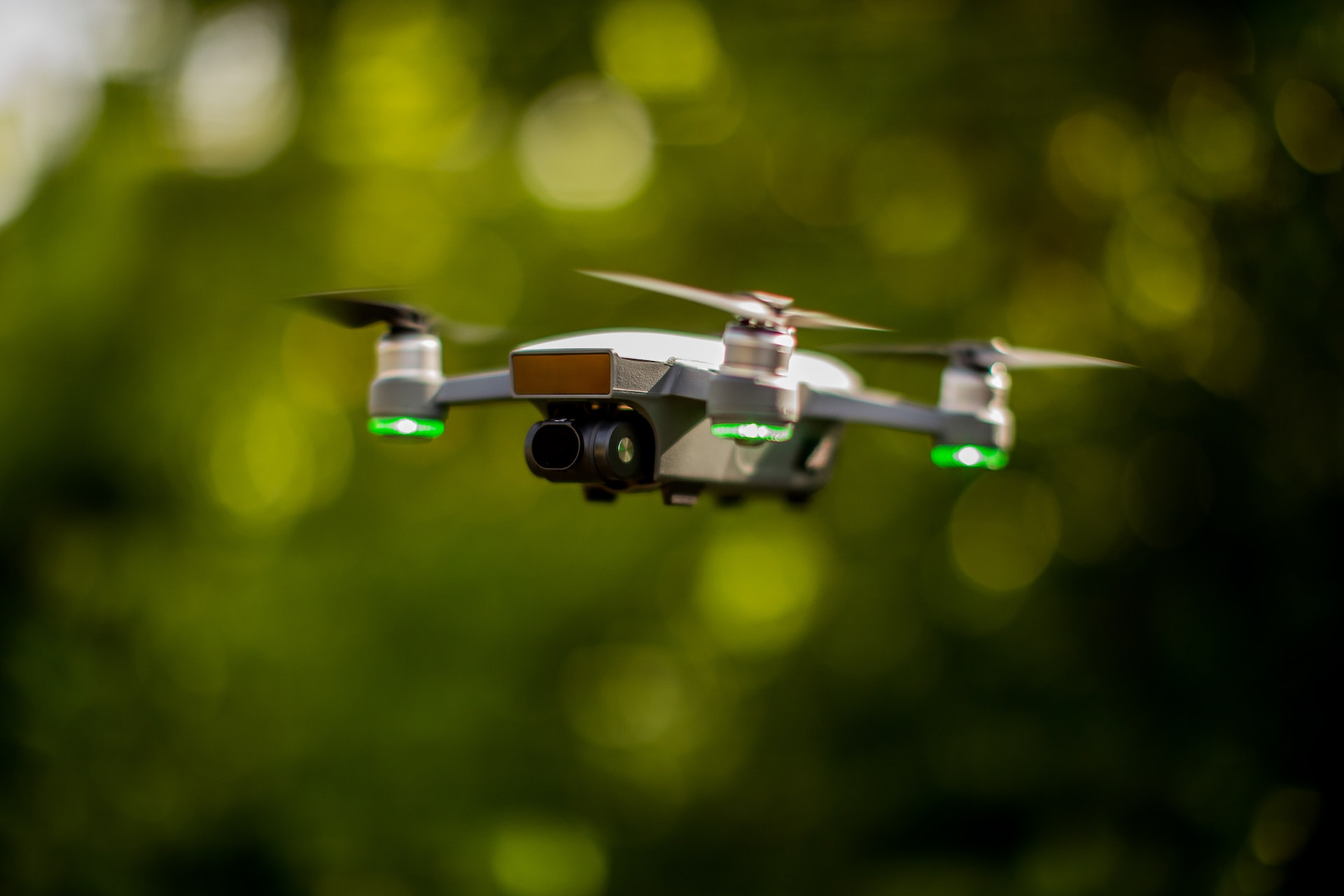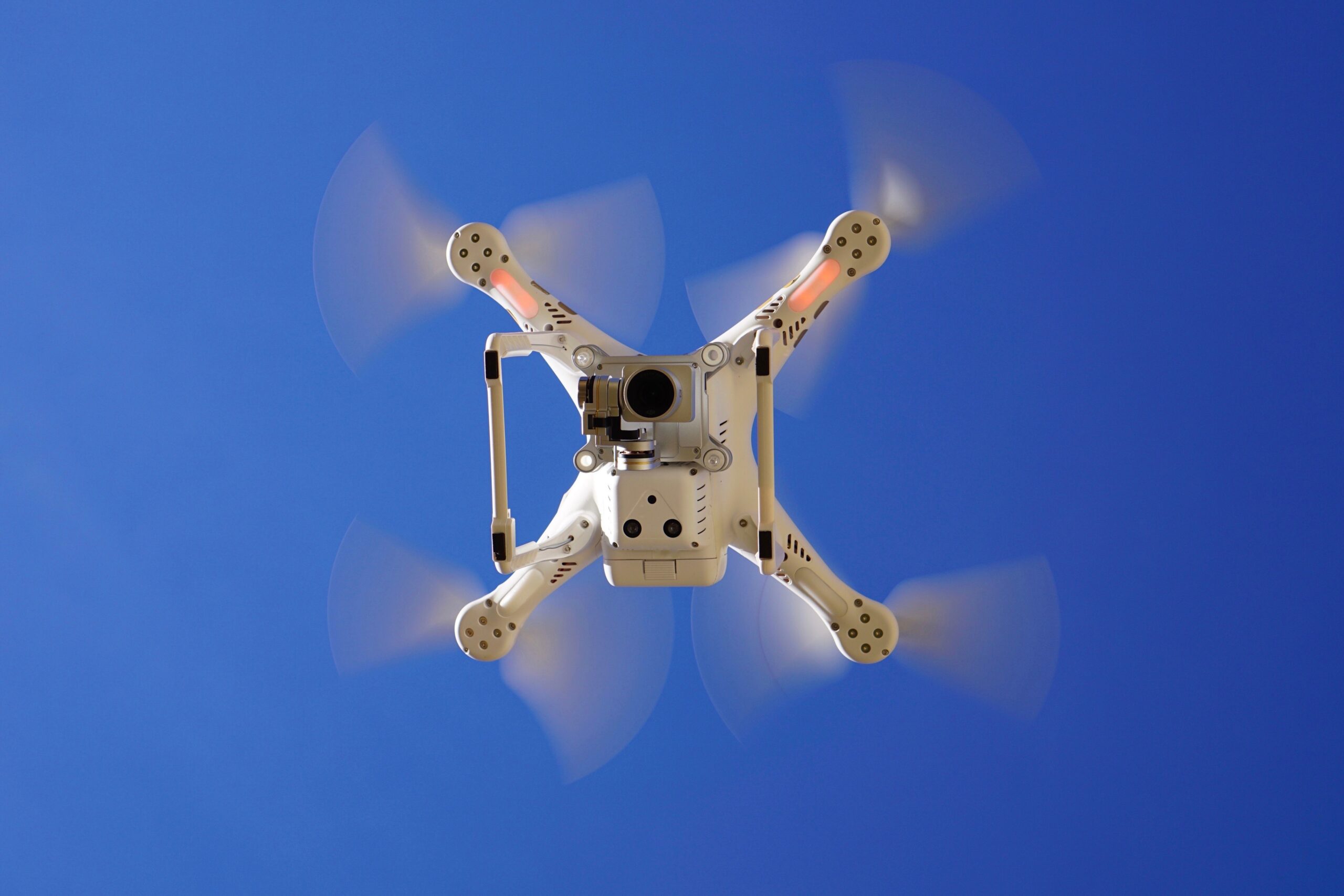Drones have become a household name and are becoming even more popular than ever with the passage of time, but many people don’t know how to fly and control them. Here we have explained the basics of how to fly a drone and tried our best to hit the right cords so that the new drone enthusiasts can fly them after reading this single post. We will cover everything from takeoff to landing, and provide tips on how to pilot your drone safely and avoid crashes at the same time to make your first flight a phenomenal experience. So let’s get into it without further fuss.
We have explained the tips that anyone can follow in bullets below:
1. User Manual
Read the user manual that came with your drone and it’s basic thing we do but we still it’s highly recommended if you don’t. This will give you a good understanding of the basics of how your drone works and what you need to do to get it in the air in the first place. Even if it does not make sense to you still you need to try the very best of you get as much info through it as possible.
2. Drone Controls
Drone controls are what make a good flight. They always contribute to the expertise and professionalism. So do familiarize yourself with the controls and make it your go-to thing. And before you take off your first drone, make sure you know how to operate all of the basic controls on your drone. This includes basic things like the throttle, yaw, pitch, and roll controls. All of these may sound strange to you at this time, but you will come to know them once you have your drone in your hands. You need to make sure to know about each of the mentioned controls.
3. Choosing an Area
Don’t take this thing lightly. Choosing a good area makes flying the drone first time 90% easy. So go out and find an open area to practice in and make sure it’s okay to fly the drone there. It will allow you to practice flying your drone without worrying about hitting anything or anyone. Once again make sure that the area does not have any aerial restriction.
4. First Drone Take off
Make sure to take off slowly and steadily as it’s going to be your first ever drone flight. So once you are ready to take off by checking everything else, slowly increase the throttle until your drone lifts off the ground. Be careful not to go too fast or you could lose control of your drone. Once again it’s highly recommended to be slow and confident at the same time while flying the drone for the first time.
5. Practice Makes Your Flights Like Pros
Practice flying around in different directions and also practicing the controls. Once your drone is in the air, practice flying it around in different directions so that you get a feel for how it responds to input from the controls. Gradually you would come to realize you have really mastered it without knowing that. So slow and steady is the key and practicing it like as much as possible.
6. Landing Your Drone
Landing is just as important as taking off always mind that! So once you had your first comfortable drone flight, you got an idea how everything works the next thing you need to exectue properly is head home comfortably. So you have to come know how and When you are ready to land. Do this, start your landing mission and slowly decrease the throttle until your drone starts to descend back towards the ground. Again, be careful not to go too fast or you could lose the drone or crash it into ground and break something.
So these are the basics that we need to undestnad before taking our first drone flight. Here we have explained more about the important aspects that could play a crucial role to make your first drone flight successful.

Basic Drone Flying Mechanism
We need to know that the drones are unmanned aerial vehicles (UAVs), which means they are aircrafts without a human pilot onboard on them. UAVs are controlled by a ground-based operator who uses a remote control or an app to fly the drone and control it. The operator also is responsible for selecting and controlling the drone’s payload, which is the equipment carried by the drone that is used to accomplish its mission. The payload is equally important to consider if there’s any and the capacity of the drone to carry it.
So the most of the drones use multicopter technology, which means they have multiple rotors that allow them to lift off the ground and fly. Some drones have as many as 18 rotors as well. The number of rotors on a drone determines how stable it will be in flight and how much weight it can carry.
The rotors on a drone are powered by electric motors, which spin at high speeds to create lift. As the rotors spin, they push air down, which lifts the drone into the air. To make the drone move forward or backward, the operator increases or decreases the speed of some of the rotors. To make the drone turn, the operator changes the speed of the rotors on one side of the drone faster or slower than those on the other side.
Drone controllers
There are many different types of drone controllers on the market. Some are more complex than others, but all of them serve the same purpose–to help you fly your drone.
The most basic type of controller is the radio controller. This is the kind that most people think of when they think of a remote control. Radio controllers use two Joysticks to control the throttle (speed) and yaw (turning) of the drone. They also usually have buttons for things like taking off, landing, and changing between flight modes.
More advanced controllers, such as those used by professional drone pilots of DJI and Autelrobotics etc, may have additional features such as GPS, an LCD display, or a built-in camera. These extra features can be helpful.
No matter what type of controller you use, it’s important to read the manual before you try to fly your drone. That way, you would understand how your particular controller works and what all of the buttons do.
- ✈【1080P HD Camera & Live Video】-- Upgrade 1080P HD wide-angle camera with 120° adjustable angle, capture the...
- ✈【Two Baeetries for Long Time Fly】-- You can enjoy up to 26 minutes of flight time in total with Two...
- ✈【Multifunctional & More Fun to Fly】-- Give wings to your imagination - MOCVOO camera drone features in 3...
- [ Great Drone Toys for Beginners Kids ]: X29 Drone is an ideal choice for beginners to start their first drone...
- [ 1080P HD Pictures and Live Videos ]: Equipped with an adjustable angle 1080P HD camera, X29 Drone can take better...
- [ Many Interesting Functions ]: Explore a variety of captivating features including waypoint fly, gesture selfie,...
- ✈【Altitude Hold】The drone will hover at the certain height when you release the throttle stick. Easy...
- ✈【3D Flips Stunt】The robust and fantastic 360°flips & rolls stunt reveals effortlessly with the 6-Axis Gyro...
- ✈【One Key Return】The drone will instantly take off/land/return by a simple push of one single button. Fair...
- ➤【 Drone With 1080P HD Camera 】The E58 drone is equipped with a 120° Wide-angle 1080P HD Camera including...
- ➤【 Multifunctional Drone 】One key start/landing, Altitude Hold, Emergency Stop, Headless Mode, 3D flip, 3...
- ➤【 Easy to Fly Aircraft】On altitude hold mode, you can accurately lock the height and location, stable hover...
- 【✈1080P Camera Lens & FPV Function】The kids drone with camera is equipped with a 1080P HD 90° manually...
- 【✈3 Batteries】In order to increase your flight time and get more fun. We upgraded the battery configuration....
- 【✈Easy to Use】The camera drone has user-friendly features that make it easy for kids or beginners to control....
- 【Multifunction Drone】3D Flip & One Key Return & Headless Mode & Altitude Hold. The Drone with One-key return...
- 【Quadcopter Drone With HD Camera】Take HD pictures and videos, enjoy FPV function. The E58 drone is equipped...
- 【 Real-time FPV Transmission 】The real-time transmission FPV system can connect to your phone with the drone...
- Improved Auto Hover Allows Easier Control In Between Commands
- Eight One-Touch Stunts Are Visually Impressive
- Auto Launch And Land For One-Button Stationary Hover And A Gentle Landing
- Easy to Use: One key takeoff/ landing with altitude hold, 360° rotating, and 3 speeds mode. Good to fly in an...
- DOUBLE PLAYING TIME: The small rc drone comes with 2 rechargeable batteries, extending the exciting flight time to...
- HIGH IMPACT-RESISTANCE: This drone comes with a high-quality protective shell and 2 spare propellers, with no worry...

